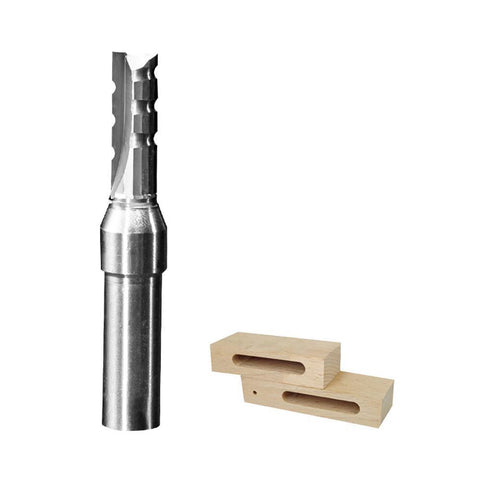Unleashing Precision and Creativity: The Best CNC Router Bits for 3D Carving
When it comes to 3D carving, achieving intricate details and smooth finishes requires more than just skill - it demands the right tools. Among these tools, CNC router bits stand out as the driving force behind the precision, versatility, and quality of your carving projects. Whether you're working with wood, plastic, foam, or soft metals, selecting the best CNC router bits for 3D carving can significantly impact the outcome of your work. In this article, we'll explore the key types of CNC router bits that can elevate your 3D carving projects to the next level.
The foundation of any successful CNC router carving starts with choosing the right bit for the material and design. CNC router bits come in a variety of shapes, sizes, and materials, each designed for specific tasks, from rough cuts to fine detailing. For 3D carving, you need bits that can produce smooth surfaces and fine details while still being durable enough to handle complex cuts.
One of the most popular bits for 3D carving is the ball nose end mill. With its rounded tip, the ball nose end mill is ideal for carving curved surfaces and intricate designs. This bit allows for smooth transitions between different angles, making it perfect for creating detailed 3D contours. Whether you're working on a high-relief carving or creating a soft, flowing design, the ball nose end mill ensures that your carving retains a professional finish without the harsh lines that can result from flat-end bits. The versatility of the ball nose bit makes it indispensable for anyone looking to achieve detailed, smooth, and realistic textures in 3D projects.
For roughing out larger areas quickly, a spiral upcut bit is an excellent choice. These bits are designed to efficiently remove material without overloading the router's spindle. They feature a helical cutting edge that pulls the material up and away from the surface, which prevents clogs and helps in managing the debris. The spiral upcut bit is perfect for the initial stages of 3D carving, where the goal is to clear large volumes of material. While not ideal for fine details, they serve as an essential tool for preparing the workpiece before switching to finer bits for detailing.
To create intricate details and fine textures, a v-bit is often preferred. The v-bit, or engraving bit, is specially designed to carve precise, sharp angles into your material. With a sharp point and various angle options, this bit excels at carving fine lines, intricate details, and lettering. The narrow tip allows for high precision, making it an excellent choice for creating textures, patterns, and detailed artwork in your 3D carvings. V-bits are especially useful when combined with other bits in the same project, allowing carvers to switch between roughing, detailing, and fine finishing stages with ease.
When working with harder materials or when you need a bit that can handle tougher tasks, carbide-tipped router bits are a must-have. These bits are incredibly durable and maintain their sharpness much longer than standard steel bits. Carbide-tipped bits are resistant to heat, making them perfect for handling the demands of 3D carving in tougher materials like hardwoods, acrylics, or soft metals. While carbide bits may come with a higher price tag, their longevity and performance make them a worthwhile investment for serious carvers who need reliability and durability in their tools.
In addition to the types of router bits, another important consideration is the bit's size. Smaller bits, such as those in the 1/16” to 1/8” range, are ideal for fine detailing and precision carving. They can carve very detailed, sharp lines and delicate features. Larger bits, on the other hand, are used for roughing out big areas quickly. A good approach is to start with larger bits for roughing and switch to smaller bits as you refine the details.
Another key factor in choosing the right CNC router bit is the material being carved. Different materials respond better to certain types of bits. For example, when carving wood, you might prefer a combination of ball nose and spiral upcut bits to achieve both smooth finishes and rapid material removal. When carving soft plastics, a bit with a coating such as titanium or carbide can reduce friction and wear, ensuring a cleaner cut. For harder metals, solid carbide bits are often the best choice, as they can withstand the heat and pressure involved in metal carving.
Selecting the best CNC router bits for 3D carving can be overwhelming with so many options available, but by understanding the purpose of each bit and its material compatibility, you can make informed choices that will ensure your project turns out beautifully. From creating smooth, flowing curves to adding intricate details and finishing touches, the right CNC router bits are essential for achieving the high-quality results that define top-tier 3D carvings.













